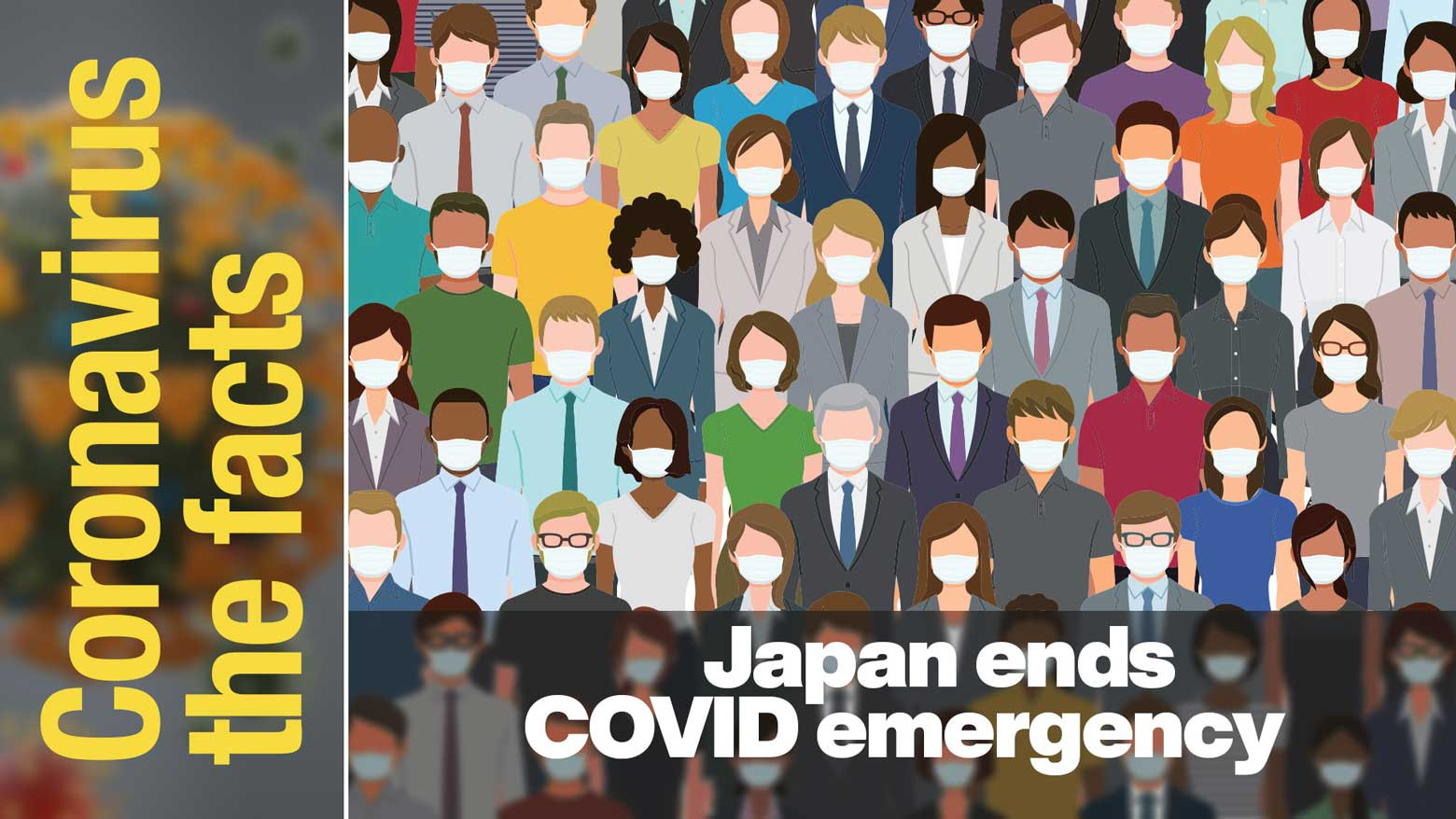This is our series on key coronavirus-related information. Click here to read other installments: #Coronavirus the facts. Find the latest information and answers from experts on everything COVID-19.
All emergency measures lifted
On September 30, the Japanese government ended the state of emergency for Tokyo, Osaka and 17 other prefectures, and lifted the intensive anti-virus measures that covered another eight prefectures.
The emergency status was in place in Tokyo for about two-and-a-half months, and in Okinawa for four months. It marks the first time since April that Japan is free of coronavirus declarations and intensive measures.
The government aims to strike a balance between infection prevention and the continuation of daily life. It is easing restrictions in phases for some social settings, including dining establishments and event venues, and at the same time supporting the medical system and vaccination rollout to ensure people can receive necessary care if infections resurge.
Unvaccinated people are encouraged to get tested before traveling to other prefectures. Free PCR tests are being offered on an ongoing basis to domestic passengers flying to Okinawa, a popular tourist destination.
Infection rate tumbles
Cases are declining across the nation, and the number of seriously ill people has dropped to less than half the peak levels. Hospital bed occupancy rates are below 50 percent in all areas, and the strain on the healthcare system has notably eased.
Tokyo reported 87 new cases on October 4, the first time this year that the number has fallen below 100. On the same day, the national figure stood at 601, with 693 seriously ill patients reported. During the worst period, in mid-August, there were about 25,000 new cases per day and 2,000 people in serious condition.
Guidelines aim to prevent resurgence
The central government put the following guidelines in place as part of a phased approach to lifting restrictions on everyday life. More detailed information can be found on individual prefectural government websites.
Restaurants
Generally speaking, all dining establishments can serve alcohol. But during this month or so, they are asked to close by 8 or 9 p.m., depending on whether they are certified for anti-infection measures.
Tokyo has stricter rules. Only certified dining establishments are permitted to serve alcohol, with last drinks by 8 p.m. and closing time one hour later. Four people is the maximum size for group dining.
Restaurants and bars that offer karaoke are asked to refrain from operating karaoke machines this month.
Businesses that comply with these measures will be subsidized.
Prefectural governors can make decisions on when and how to ease restrictions according to local infection situations.
Events
For about a month, events will be permitted if spectators are capped at 50 percent of capacity, or 5,000 people, whichever is smaller. For large-scale facilities, spectators are capped at 50 percent of capacity, or 10,000 people, whichever is smaller.
Daily life/ Travel
People are asked to observe anti-virus measures even if they are fully vaccinated. That includes avoiding crowds and limiting social contact to small numbers. Companies are encouraged to support flexible work practices.
People at higher risk of getting infected, such as those who are unvaccinated, are advised to be tested before traveling between prefectures.
Education
Entrance examinations for high schools and universities are on schedule with anti-virus measures in place.
Why the case numbers fell
Omi Shigeru, head of the government advisory panel, said on September 28 that several factors are likely contributing to the falling infection rate, although they will need further analysis to determine the impact of each factor.
Those factors include:
- Holiday periods that could have triggered a spike have passed.
- People's response to news that the medical system was in a critical situation.
- Fewer people visiting busy downtown areas at night.
- The vaccination rate improving.
Experts are warning people not to let their guard down and carry on with basic anti-virus measures. Some areas still have many seriously ill patients and limited access to general medical care.
Experiences in other countries have shown that the infection situation can worsen after restrictions are eased, even with high vaccination rates.
This information is accurate as of October 7, 2021.
